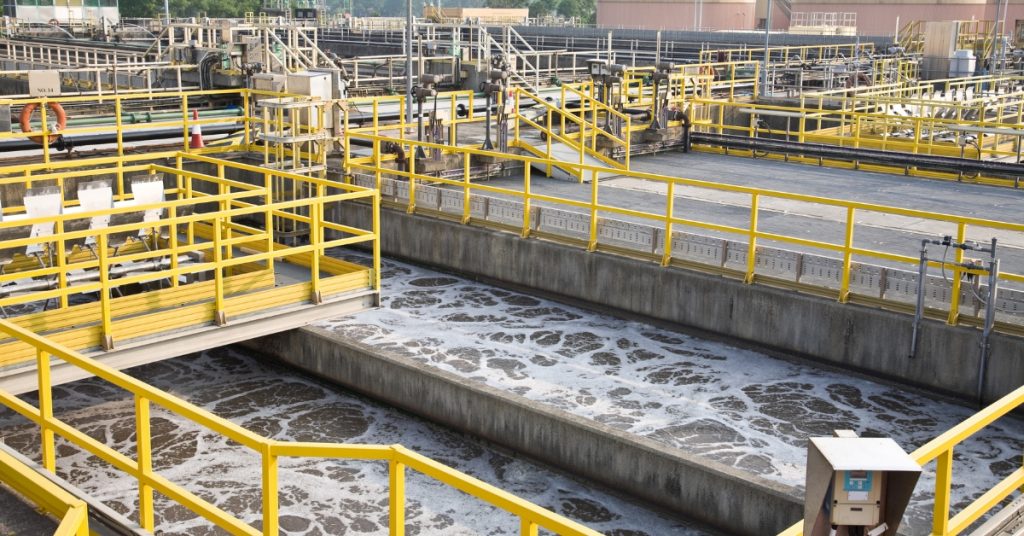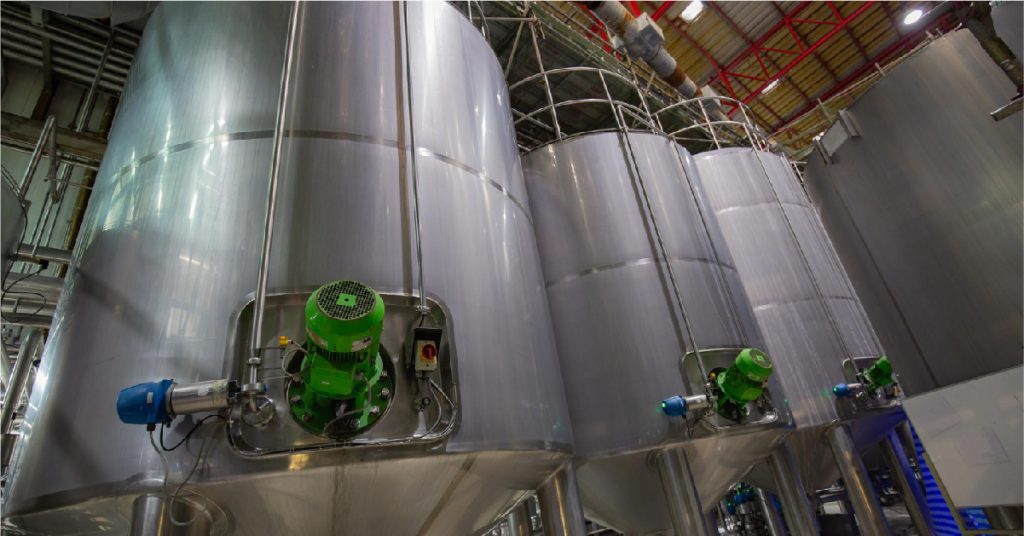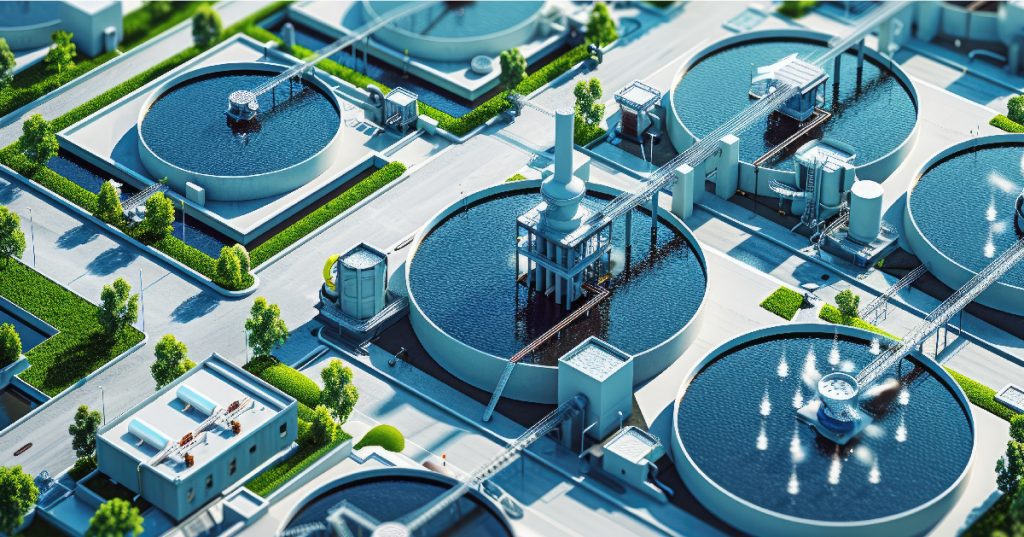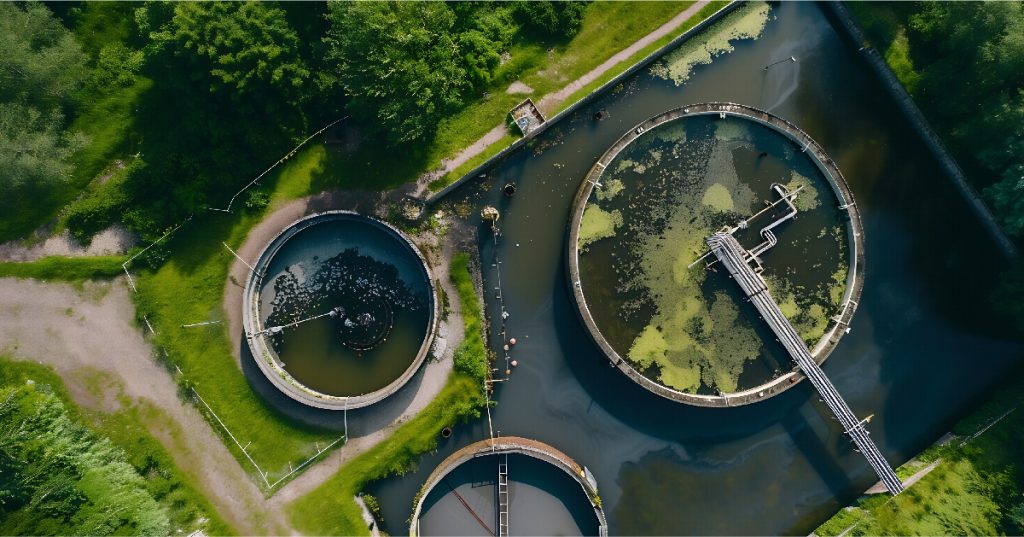Sewage treatment is an essential aspect of urban planning and environmental protection in India, where rapid urbanization and population growth have significantly increased the burden on water infrastructure. While advanced machinery and multi-stage filtration systems play a vital role in treating wastewater, one of the most remarkable contributors to the process is often invisible to the naked eye—microbes.
The role of microbes in sewage treatment has been a subject of extensive research and practical application in India and across the globe. These microorganisms not only break down organic matter but also help in reducing harmful pollutants, pathogens, and nutrients from sewage, ensuring that the treated water is safe for disposal or reuse.
Understanding the Basics: What Are Microbes?
Microbes are microscopic organisms that include bacteria, fungi, protozoa, and viruses. In sewage treatment, bacteria are the most commonly used type due to their ability to degrade organic matter rapidly. These microbes are naturally present in wastewater, but treatment plants often enhance their activity by creating the right environmental conditions, such as temperature, oxygen supply, and pH levels.
Why Microbes Are Indispensable in Sewage Treatment?
The microbes used in sewage treatment serve as natural decomposers. They consume organic waste present in sewage and convert it into simpler, less harmful substances like carbon dioxide, water, and biomass. This process is not only energy-efficient but also eco-friendly, making microbial treatment an integral part of modern sewage management systems in India.
The role of microbes in sewage treatment extends beyond simple decomposition. They help in:
- Reducing biochemical oxygen demand (BOD) and chemical oxygen demand (COD)
- Breaking down complex organic compounds into simpler forms
- Removing harmful pathogens by outcompeting them
- Contributing to nutrient removal, especially nitrogen and phosphorus
These functions collectively improve the quality of treated water, making it suitable for agricultural, industrial, or even indirect potable use in some cases.
Microbes Used in Sewage Treatment: Key Types and Functions
Several types of microbes are used in different stages of sewage treatment in India. Each has its unique role in ensuring efficient wastewater purification.
- Aerobic Bacteria
These microbes thrive in oxygen-rich environments. They are commonly used in the aeration tank of activated sludge processes, where they digest organic matter and help in reducing odor and pathogens. Examples include Nitrosomonas and Nitrobacter, which also assist in the nitrification process. - Anaerobic Bacteria
Anaerobic microbes operate in oxygen-free zones, such as sludge digesters. They play a key role in the breakdown of complex organic substances, producing methane and carbon dioxide as by-products. This biogas can be captured and used as an energy source, promoting circular economy practices.
- Facultative Bacteria
These versatile microbes can survive with or without oxygen. They are valuable in lagoons and decentralized sewage treatment systems common in rural and semi-urban parts of India.
- Protozoa and Fungi
Though less prevalent, certain protozoa help control bacterial populations, while fungi assist in breaking down tough organic compounds like lignin and cellulose, especially in industrial wastewater.
Sewage Treatment Stages and the Role of Microbes
The use of microbes in sewage treatment can be seen throughout various stages:
- Primary Treatment: Although mostly mechanical (screening, sedimentation), a small microbial action starts here as bacteria begin acting on suspended solids.
- Secondary Treatment: This is where the real microbial magic happens. In processes like the activated sludge system, trickling filters, or bio-towers, microbes digest organic matter and reduce BOD and COD significantly.
- Tertiary Treatment: Some microbial action continues, especially in nutrient removal systems, where specific bacteria remove nitrogen and phosphorus compounds. However, this stage often involves chemical or physical processes as well.
Microbial Sewage Treatment in the Indian Context
In India, where climatic conditions and socio-economic diversity influence infrastructure decisions, microbial-based sewage treatment offers an adaptable and cost-effective solution. Technologies like constructed wetlands, anaerobic baffled reactors, and decentralized wastewater treatment systems (DEWATS) rely heavily on the natural action of microbes.
Furthermore, Indian research institutions and private companies are working on enhancing the efficiency of microbes used in sewage treatment through bioaugmentation techniques, genetically modified strains, and microbial consortia designed for specific wastewater profiles.
Many municipalities are now turning to nature-based solutions that leverage microbes in sewage treatment to reduce operational costs and minimize chemical usage. This approach aligns well with India’s push towards sustainable development and water reuse.
Benefits of Using Microbes in Sewage Treatment
- Cost-effective: Reduces reliance on chemicals and heavy machinery.
- Environmentally friendly: Promotes natural processes with minimal side effects.
- Energy-efficient: Especially in anaerobic processes, where biogas is produced
- Scalable and adaptive: Suitable for both large urban STPs and small rural setups
- Supports reuse: Ensures higher quality treated water for safe disposal or reuse
Ion Exchange’s Advanced Sewage Treatment Solutions
Ion Exchange is a leading provider of innovative water and wastewater treatment solutions. Their advanced range of sewage treatment plants is designed to meet the diverse needs of the growing population and industrial sectors. With a focus on sustainability and efficiency, Ion Exchange offers customized solutions that incorporate the latest technologies, ensuring optimal performance and environmental compliance.
INDION New Generation Packaged Sewage Treatment Plant (NGPSTP)
It is a state-of-the-art solution that combines the innovative technologies of lamella plate clarification and aeration, resulting in a highly efficient, ready-to-operate, prefabricated system for sewage treatment. This all-in-one single-tank packaged system is designed with a modular capacity ranging from 10 to 100 m3/d, making it both compact and user-friendly. Not only does it deliver high-quality effluent, but it also boasts features that cater to the specific needs of modern facilities. The NGPSTP’s advantages include minimal land usage, reduced power and chemical requirements, and low operating costs, making it an ideal choice for a wide range of applications while ensuring environmental sustainability and cost-effectiveness.
INDION NGPSTP-NR
It is an advanced sewage treatment solution that combines a fixed film reactor with lamella clarification, resulting in a high-performance, prefabricated system that is ready to operate. This all-in-one, modular design offers compact and simple operation with minimal maintenance. Built with an MS tank lined with FRP, it ensures no corrosion, delivering high-quality effluent while being efficient and easy to manage.
Sequencing Batch Reactor (SBR)
It is an advanced activated sludge process that operates in true batch mode, with both aeration and sludge settlement occurring within the same tank. Unlike conventional continuous-flow systems, which separate these functions into different spaces, the SBR performs them in a time sequence, offering greater flexibility. This design allows the SBR to handle varying influent volumes, making it adaptable to changing conditions, unlike the continuous system, which relies on a fixed flow rate.
Advanced Fluidized Media Reactor (AFMR) system
It is a compact SINGLE TANK DESIGN UNIT that integrates an aeration tank with floating media, a lamella settler, and a chlorine contact tank. The AFMR media boasts a high surface area, excellent physical and chemical resistance, and minimal annual losses. INDION’s Advanced FMR offers significant advantages, including reduced space requirements, lower power consumption due to the elimination of sludge recirculation, and minimal maintenance thanks to its design without moving mechanical parts.
Conclusion
The role of microbes in sewage treatment in India cannot be overstated. They are silent workers transforming hazardous waste into reusable water, contributing to public health, environmental sustainability, and water conservation. As India continues to urbanize and industrialize, microbial-based sewage treatment solutions will remain critical in building resilient wastewater infrastructure.





